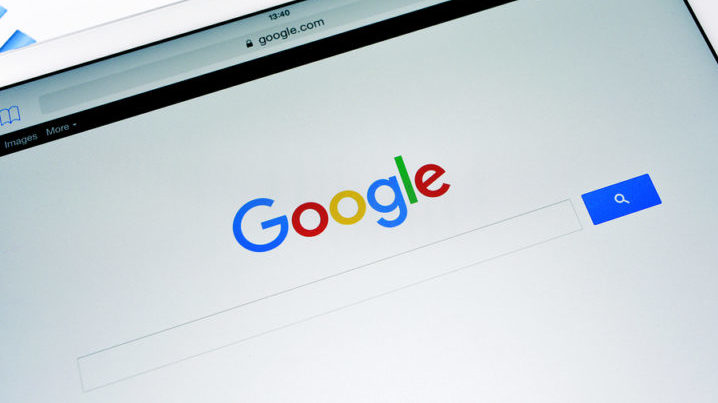Australia’s online revenue spend is predicted to reach 49.7 billion in 2022. As reported by the Commission Factory, in 2021 nearly half of Australian small businesses pivoted their approach to business with a distinct shift towards online revenue. This is already creating fierce category competition within B2B and B2C markets.
As economic confidence continues to rise in 2022, small businesses are also allocating more resources to digital marketing and content to maximise e-commerce sales. But many will get caught by misguided advice to focus on polishing the Google search bus. Without a deep understanding of how Google rankings and search works this is risky.
The truth of eCommerce conversion rates
A well-oiled eCommerce site will convert sales by six to seven per cent. However, many marketers and agencies push that a three per cent ECR (eCommerce conversion rate) is to be celebrated. I disagree as it’s often an indicator that the focus of traffic spend needs validation.
Truth is ECR sits mostly at one to two per cent as a consequence of polishing the wrong elements.
EAT & Google bots
Much time and money get wasted polishing the Google search content bus instead of improving the user experiences of customers already on the bus.
Driving site traffic is a critical part of revenue generation and content that ranks well in Google is important.
Most website content is written for bots and algorithms, not humans. This means content can be demoted in search. It seems counter-intuitive, but writing for Google bots damages websites’ EAT (Expertise, Authoritativeness, Trustworthiness) scores which compromises traffic.
Customers need to see elements of EAT throughout their online journey. This is the real value on Google, despite the spin of SEO bot rankings.
Google updates its algorithms constantly. Each time that occurs, many sites that tried tricking Google to gain more traffic took a nosedive.
There are websites with terrible technical SEO but with high rankings. This occurs because the brand is so strong that Google rewards automatically from the online customer experience value.
Web pages created with the intention purely to trick Google into higher rankings and traffic without helping users are classified as low-quality pages. This is a consequence of content written for bots, not humans.
Google’s Webmaster Trends Analyst, Gary Illyes quotes, “If you publish high-quality content that is highly cited on the internet you are doing great. That is basically how the algorithm works. Changes are rated by humans, so content reflecting what a human would do is key. It’s kind of frustrating because we kept saying for years to have content for users’ needs and not for the search engines.”
I am not saying SEO is not important. But a site needs to perform exceptionally well to factor into EAT rankings. An example is site speed. A quick site load will rank higher on Google as it’s tied into user experience and becomes a gift that keeps giving on rankings and influencing users.
Polish the User Experience
Revenue and conversions are the end goal for all e-commerce sites and hybrid businesses. To maximise market share you must polish and re-polish as a top priority the UX (user experience).
How easy do you make navigation on the site? How seamless is it to purchase? Is there consistency with brand messaging? Are you simplifying processes? Are CTA’s highly visible?
Massive traffic volume to a site will die on the keyboard if the user experience is lacking. Outstanding UX will automatically drive more people to your site.
Focus on the elements of UX that will accelerate conversion rates seamlessly in the bus.











